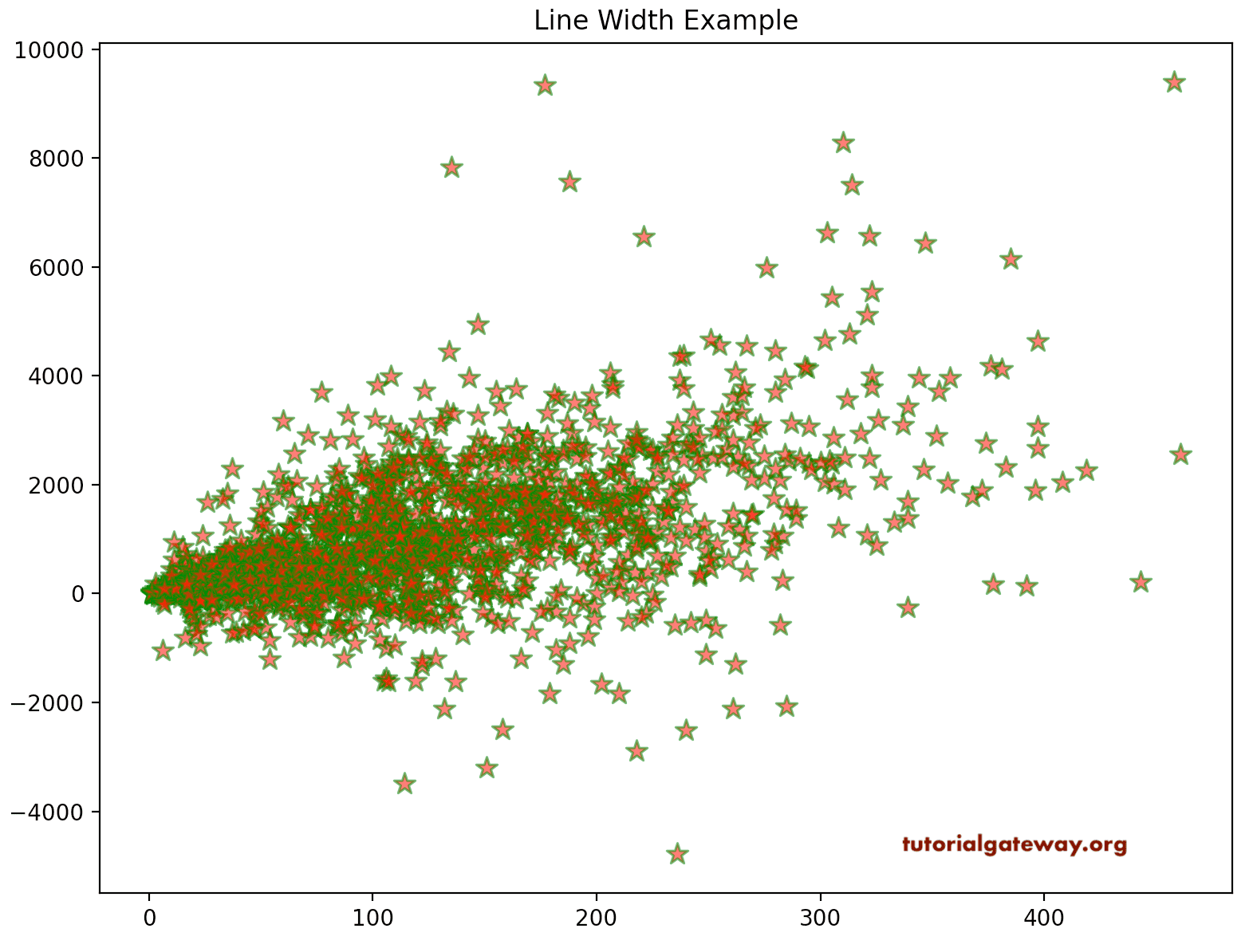
This parameter allows us to plot the categorical variable in an increasing color tone where the categories are represented form lighter to a darker tone in ascending order of the numerically greater aggregate variable. In the above example we have plotted the scatterplot with unique color palette using the palette parameter. Example #4įig = sns.scatterplot(x="species", y="petal_length", hue='species', palette="flare", data=iris_data)

Hue parameter allows us to individually plot the categorical values in separate colors. We have plotted the relationship between the sepal length and sepal width of different species of the flowers. We can use this feature to plot the categories inside the categorical variable. In the above example we have used a feature in seaborn scatterplot known as ‘hue’ which allows us to plot categories from a variable of the bar plot. Example #3įig = sns.scatterplot(x="sepal_length", y="sepal_width", hue = 'species', data=iris_data) For identifying individual data points of three different species we can use an attribute ‘hue’ from the seaborn library where it differentiate the categorical variable by applying different colors to them for identifying the characteristics of individual variable. Here we can see there is a wide range of points distributed along the x and y axis. In this example we have plotted the scatter plot of two features of the iris flower namely sepal width and sepal length. Example #2įig = sns.scatterplot(x="sepal_length", y="sepal_width", data=iris_data) We can see the significant difference between the petal length of the three species of the flowers where the petal length of setosa species is considerably smaller than the petal length of the other two species. We have created a scatter plot using seaborn sns.scatterplot with plotting the petal length of the given three species of the iris flower from the data set. In the above example we have loaded the iris data set which represents the iris flower’s physical characteristics such as its sepal length, sepal width, petal length and petal width for three different species of the iris flower.

Example #1įig = sns.scatterplot(x="species", y="petal_length", data=iris_data) We have created multiple scatter plots using the seaborn library with different data sets.

You can start by exploring the data using Pandas. You can also use the data to understand how data is used, to understand your analytics project’s business or to gain a deep understanding of the different ways customers generate data.
#Multiple scatter plot python code#
It allows developers to plot a graphical visualization using Python’s plotting language, and the code includes a tool to load it into R or Matplotlib. Seaborn is built on top of Python’s core visualization library Matplotlib.


 0 kommentar(er)
0 kommentar(er)
